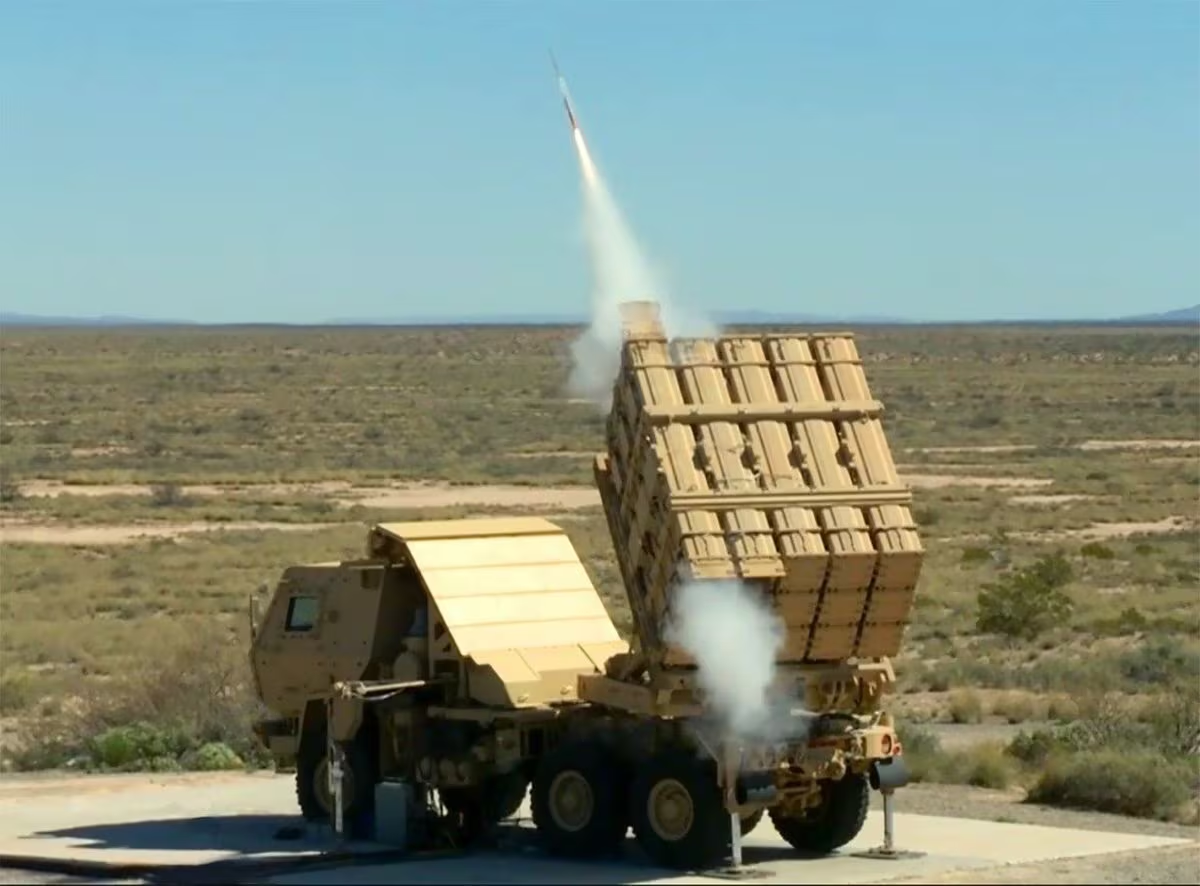WASHINGTON — The Army has changed its acquisition plan for its Indirect Fire Protection Capability — designed to defend against rockets, artillery, and mortars as well as cruise missiles and drones — in a variety of ways.
Now, before Congress hands over the money for the program, it wants more details on how the service will proceed and how much funding it will actually need.
Congress is giving the Army 30 days past the enactment of the fiscal 2019 appropriations bill to produce a report that will give lawmakers a better sense of the program and its true financial needs.
“The conference agreement supports the Army’s pursuit of this defensive capability; however, the conferees remain concerned that the current budget request does not support any change in acquisition strategy or procurement and integration of available interim defense capabilities and is unexecutable as requested,” lawmakers write in a conference report released Sept. 13.
It is expected that the FY19 defense spending bill will clear the full House and Senate this week.
The Army decided that it would delay moving forward into the engineering and manufacturing development phase of the IFPC Increment 2 program because of a need to reprioritize development focus on countering cruise missiles and unmanned aircraft systems, as opposed to taking on the rocket, artillery and mortar (RAM) threat.
RELATED

The threat of cruise missiles has proliferated in recent years, and the Army does not have much in the way of a capability to defend fixed sites from such threats.
With its FY19 budget request, the Army included new funding to qualify a second interceptor for its multi-mission launcher as part of the IFPC program, while also requesting funding needed to continue research and development efforts.
After denying it would need an interim solution in March at the Association of the U.S. Army’s Global Force Symposium in Huntsville, Alabama, the service decided in April that it needed an interim cruise missile protection capability to fill in while it continued to develop the IFPC Inc. 2 system due to challenges with the baseline program and the need prioritize cruise missile defense capability.
Israeli company Rafael’s Iron Dome is one possible solution, according to both service and company officials.
The Army requested $173.2 million for AIM-9X interceptors, multi-mission launcher components and other costs, conferees note in their report. Additionally, the service has another $50 million left in FY18 funding to use toward the effort.
The service also requested $208.7 million for continued research, development, test and evaluation funding for the program. Prior funding also remains since the Army did not move into an EMD phase.
The conference committee notes in its report that the Army is pursuing “alternate courses of action” ahead of an EMD decision to include the development and integration of an alternate interceptor. The effort to qualify a second interceptor is already underway.
RELATED

Cruise Missile Defense
But the Army’s plans to adopt an interim cruise missile solution are more murky.
The FY19 National Defense Authorization Act requires the Army to come up with an interim solution and provides $87 million in additional funding to do so, contingent on actual defense appropriations.
The conference committee acknowledges that the Army plans to conduct analysis of “at least two other distinct weapons systems,” but it still wants details of results of the service’s internal review, revised acquisition strategy and resulting resourcing requirements in order to provide proper funding.
The report, according to the conferees, should include an analysis and recommendations on the multiple courses of action under review, the cost estimates for each possible way forward across the Army’s five year budget plan and a program schedule for each.
Analysis and recommendations for interim capabilities and proposed acquisition schedule should also be included.
A plan on how to spend prior year available funding and current IFPC resources line-by-line across five years for both the program of record and other interim possibilities are also requested as part of the report, along with a plan to address any identified shortfalls for the program or possible interim solutions through reprogramming of available resources and other means.
At the Space and Missile Defense Symposium in Huntsville last month, Col. William Darne, the Army’s air-and-missile defense cross-functional team’s chief of staff, said there are cruise missile defense systems out there today that have proven that they can go after the threats the Army is seeking to defeat.
But, he added, there are a whole host of challenges associated with which system to choose, and the Army is considering issues with interoperability and integration, among other factors.
Darne noted the Army was reviewing possibilities now and was developing a strategy closely with the program office to come up with a solution. He said funding was part of the challenge but there should be clarity within a few months.
Jen Judson is an award-winning journalist covering land warfare for Defense News. She has also worked for Politico and Inside Defense. She holds a Master of Science degree in journalism from Boston University and a Bachelor of Arts degree from Kenyon College.








